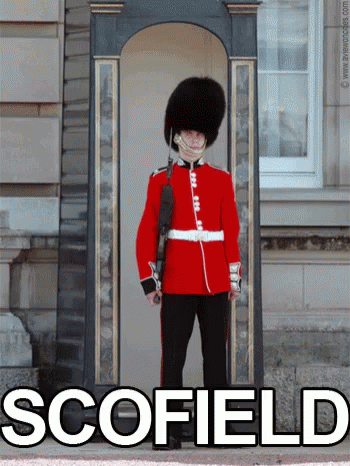

You will see that your local project is now running on localhost:3978 Then to serve it from local run, npm start
#Incoming gif password#
Your env file will already have the BOT ID and BOT Password which was done as part of the scaffolding step. Get your free key from GIPHY DevelopersĪnd handleTeamsMessagingExtensionSelectItem which is the function that is invoked when the user selects an item from the search result grid returned from the search experience. I am calling the GIPHY API, I have a key which I am storing in env file. In botActivityHandler.js I am updating the handleTeamsMessagingExtensionQuery which is the function that is invoked when the service receives an incoming search query.
#Incoming gif update#
Update the code from my sample, the files changed will be
#Incoming gif install#
Open the terminal and go to the location of the current project, run one time to install dependencies npm install Now let us set up our project to run locally to test. If you go to App Studio you will notice it already updated (like magic) Everything is done in the cloud and synced in real time.Į.g let us update the Icons from the Toolkit Update your app details from within the toolkit, you might notice there is no manifest file to update manually. Now within Visual Studio Code, go to the Toolkit > Bots, you will have to sign in again here.Īnd update the messaging end point which is your ngrok url + /api/messages In a terminal session run below tunneling command, which then gives you a https url for your local set up. You will have to login to your tenant to do this.Ĭhoose a workspace where you want your project to be scaffolded (local) and click Choose workspace and your project will be created as shown below. Give the app a nameįrom the toolkit, create a new BOT or use an existing one. It will throw an error when you try to update the App Details Give it a name Once an app is created, it will be already availabe in the App Studio (this is the app registration).ĭo not delete these apps from App Studio or you cannot update the app using Teams Toolkit. Once you have installed the extension for Microsoft Teams Toolkit, go ahead and create an app. Here you will build Search based one, if you want to build an action based one, check out my blog here Create the app
#Incoming gif how to#
How to build your own search based GIPHY app with Microsoft Teams ToolkitĬreate a search based Messaging extensions in Microsoft Teams.


 0 kommentar(er)
0 kommentar(er)
